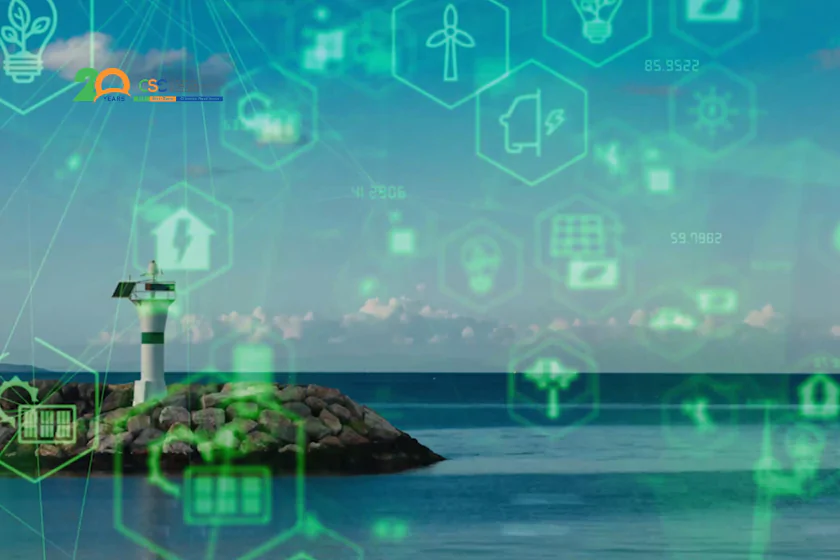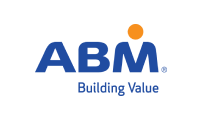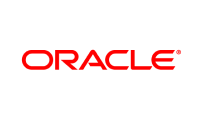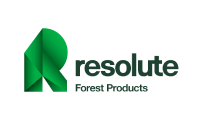In 2025, sustainability is no longer a PR-driven concept—it’s a decisive business differentiator. Even as political uncertainty and shifting regulations cause some companies to temper their messaging, a growing number of organizations are doubling down on sustainability as a pathway to innovation, risk mitigation, and long-term value.
A recent EY survey confirms this shift: while only 29% of executives now feel optimistic about the global economy, 75% of “Sustainability Integrators”—companies deeply embedding sustainability into operations—express confidence in their business outlook. The takeaway? Companies that take sustainability seriously are more resilient and better positioned for growth.
Quiet Commitment, Real Results
Contrary to public perception, many firms are not retreating from sustainability; they’re simply becoming more strategic and understated. Sustainability Integrators are focusing on implementation rather than publicity, building systems that endure regardless of market or political cycles.
Case in Point: Mars Inc.
Despite wider industry hesitations, Mars Inc. continues to invest in its “Sustainable in a Generation” plan. The food giant has made notable progress on supply chain emissions and sustainable sourcing, reinforcing that quiet execution can still drive bold results.
This discretion is not weakness—it’s maturity. Companies are embedding climate and ESG considerations into core functions like procurement, capital allocation, and executive KPIs, without necessarily amplifying these actions in public-facing reports.
Sustainability as a Business Risk and Growth Filter
The role of sustainability has shifted from compliance to enterprise risk management and opportunity mapping. Leading organizations are using it to:
-
Evaluate systemic risks like climate, biodiversity, and human rights
-
Streamline internal governance structures to meet new disclosure rules
-
Incentivize leadership through ESG-linked targets
-
Cultivate innovation through circular and low-carbon business models
Microsoft, for example, has internal carbon fees applied across business units—turning carbon into a financial metric. This model helps surface opportunities for decarbonization and drives internal accountability.
Why Sustainability Professionals Are the Future of Business Leadership
There’s a rising demand for professionals who can blend ESG literacy with strategic foresight. Sustainability teams are no longer siloed—they’re integrated with finance, risk, and operations.
Today’s leaders must be able to:
-
Translate ESG data into business-relevant insights
-
Understand double materiality and CSRD-style disclosures
-
Communicate with authenticity and rigor to investors and regulators
-
Balance sustainability goals with performance and profitability
This shift means sustainability skills are becoming essential leadership traits—not optional.
Train to Lead: Certified Sustainability Practitioner Program – USA Edition 2025
To meet this demand, high-performing professionals are turning to advanced upskilling opportunities. One of the most impactful programs is the Certified Sustainability Practitioner Program – Advanced Edition 2025 (USA)
Tailored for U.S.-based leaders, this program helps participants:
-
Align strategy with new global ESG disclosure standards
-
Master stakeholder engagement and materiality analysis
-
Navigate greenwashing risks and policy changes
-
Lead internal culture shifts around sustainability
The course includes real-world case studies, expert Q&As, and certification recognized globally. It’s ideal for professionals seeking to lead sustainable change in their companies—and their careers.
Case Insight: Strategy in Action
Unilever is successfully integrating sustainability into performance goals and governance. By embedding ESG into risk management and board oversight, Unilever has improved investor confidence and reduced exposure to volatile resources.
These real examples demonstrate the ROI of genuine ESG integration. Companies doing the hard work—rather than just checking boxes—are gaining competitive advantages.
Challenges Remain—but So Do the Opportunities
Adopting sustainability as a strategic lens doesn’t mean the road is easy. Businesses still grapple with:
-
Complex global reporting landscapes (CSRD, SEC, ISSB)
-
ESG data inconsistencies across supply chains
-
Public skepticism and regulatory backlash
But instead of retreating, top performers are leaning into these challenges—responding with transparency, better systems, and sharper skills.
Looking Ahead: Sustainability as a Competitive Core
Sustainability isn’t a separate function anymore—it’s a filter for every key business decision. Companies that succeed in 2025 and beyond will:
-
Use sustainability to differentiate and innovate
-
Leverage technology to increase ESG transparency
-
Empower teams with the knowledge and authority to act
This is not about pleasing regulators. It’s about building a resilient, adaptive business that earns stakeholder trust and thrives in a rapidly changing world.
Final Thoughts: Lead the Sustainability Transformation
The bottom line? Sustainability is not a trend—it’s a transformation.
And the leaders of this transformation will be those who invest in their own expertise. If you’re serious about shaping your organization’s future, now is the time to build your skills and credibility.
Join the Certified Sustainability Practitioner Program – Advanced Edition 2025 (USA) and lead from the front.







